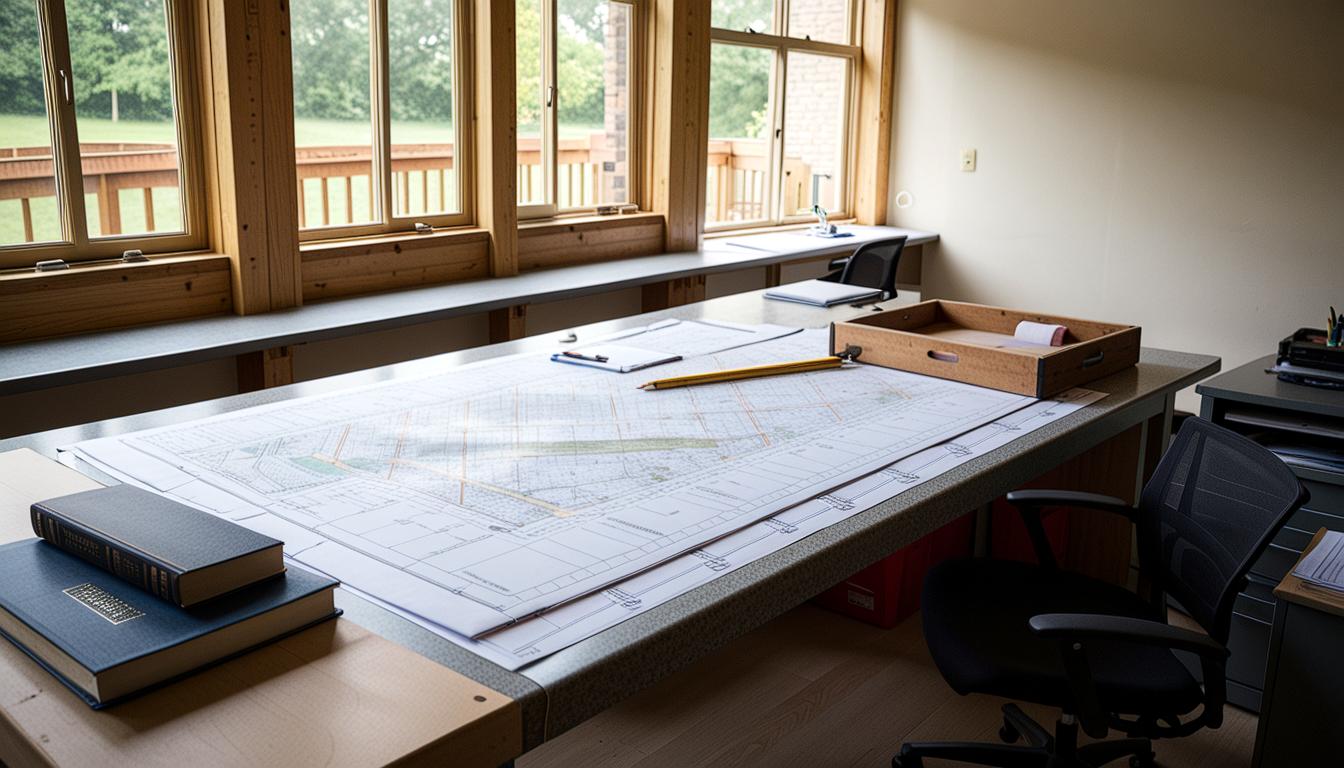Introduction
Becoming a licensed architect is crucial for anyone looking to start their own firm. This process involves education, internships, and licensing exams. While it seems long and complex, understanding the steps can make it more manageable.
Licensure: A Must for Starting an Architecture Firm
Many states legally require architects to be licensed to start their own firm. Licensure ensures that architects have the necessary skills and knowledge to handle the responsibilities. It also builds credibility and trust with clients.
The Road to Licensure: Education, Internship, and Examination
-
Graduation from an Accredited Degree Program
To become a licensed architect, you must first complete an accredited degree program. These programs provide the educational foundation needed for the profession.
-
The Architectural Experience Program (AXP)
After graduation, aspiring architects must complete the AXP. This internship program provides hands-on experience under the supervision of licensed architects.
-
The Architect Registration Examination (ARE)
The final step to licensure is passing the ARE. This exam tests candidates on various aspects of architecture to ensure they are prepared for professional practice.
How License Requirements Vary by State
-
California’s Licensing Requirements
In California, architects must meet specific education and experience requirements. The state requires passing several exams and paying a licensing fee. Licenses must be renewed every two years.
-
New York’s Licensing Pathways
New York offers different pathways to licensure, each with its own set of requirements. License fees and renewal intervals vary depending on the chosen pathway.
-
Ohio’s Licensing Options for Non-resident Architects
Ohio offers a pathway for architects licensed in other states who meet NCARB standards. It includes a nominal fee and eliminates the need to retake exams.
-
Texas’s Bachelor Degree and Experience Prerequisites
Texas mandates a bachelor’s degree from an NAAB-accredited program and completion of the AXP. Applicants then must pass a licensing exam.
The Reciprocity Option: Practicing Across State Lines
Reciprocity allows licensed architects to practice in other states without retaking exams. States have specific agreements that facilitate this process, making it easier to expand your practice.
Alternative Routes to Licensure
Some states offer alternative licensure routes. These may include experience-based pathways or reciprocity agreements with other regions. This can be helpful for those who do not follow the traditional NCARB process.
The Upside and Downside of Starting Your Own Firm
Running your own firm can be rewarding but also stressful. You’ll get to work on projects you’re passionate about but must handle business aspects like contracts and code enforcement. Practical tips for managing stress include proper time management and delegation of tasks.
Frequently Asked Questions
-
Is it legal to start an architecture firm without being a licensed architect?
In many states, it’s a legal requirement to be a licensed architect to start an architecture firm. However, some individuals operate firms without being licensed themselves, by employing licensed architects. Legalities around this can be complex and may depend on factors such as state laws and the size of the firm.
-
What role does state law play in starting an architecture firm?
State laws play a crucial role in establishing an architecture firm as they define the regulations around firm operations. For instance, some states require a certain ratio of the firm’s owners to be licensed architects for the firm to operate legally.
-
Can residential projects be completed without a licensed architect?
Many states allow for residential projects to be completed without a licensed architect, and in some cases, these projects could serve as a path to licensure.
-
What is the Intern Development Program (IDP) and why might it be beneficial?
The Intern Development Program (IDP) offers a pathway to licensure without exposing candidates to some of the risks associated with starting a practice. It requires candidates to gain practical experience under the supervision of a licensed architect.
-
What are some alternative routes to become a licensed architect?
There are discussions around using other avenues to become licensed architects without going through the traditional NCARB process. These can include reciprocity offers and alternate routes allowed in certain states.
Final Words
Becoming a licensed architect is essential for those who want to start their own firm. It ensures that individuals are well-equipped to handle professional responsibilities and builds trust with clients. While the road to licensure involves significant time and effort, the professional benefits and credibility are well worth it.






